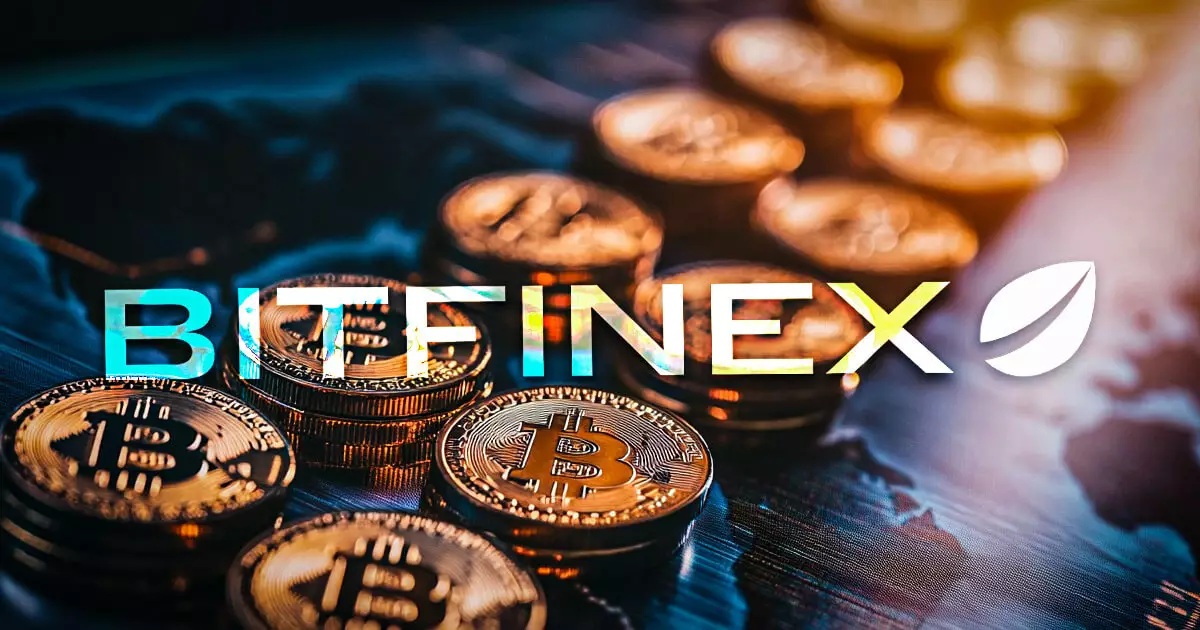In a landmark ruling, the U.S. government has mandated that approximately 94,000 Bitcoin (BTC) confiscated during the investigation into the infamous 2016 Bitfinex hack be returned to the exchange. This decision is part of an in-kind restitution process, which indicates a significant legal interpretation regarding victims in the context of cryptocurrency crimes. The crux of the ruling lies in the finding that there is no actual victim for the specific offenses for which the convictions were obtained. This has broad implications for how such cases may be approached in the future, especially given the decentralized nature of cryptocurrencies. Such legal determinations highlight a burgeoning need for clear definitions and victim recognition in digital asset theft cases.
The Bitfinex Hack: Background and Impact
In August 2016, Bitfinex suffered one of the largest hacks in the history of cryptocurrency, resulting in the theft of approximately 120,000 BTC. This breach forced Bitfinex to take drastic measures, including reducing user balances by 36% and compensating users with a token known as BFX, which was pegged 1:1 to the U.S. dollar. This method of compensation illustrates the novel financial instruments that cryptocurrency exchanges have been compelled to create in response to such crises, and sheds light on the ongoing risks associated with holding funds in digital formats. Remarkably, by April 2017, all BFX tokens were redeemed, demonstrating resilience in user faith despite the exchange’s temporary financial turbulence.
The return of the seized Bitcoin is intricately tied to the legal proceedings against Ilya Lichtenstein and Heather Morgan, who pleaded guilty in August 2023 to conspiracy charges related to laundering a significant portion of the stolen BTC. Their actions not only involved the initial theft but also the intricate webs of deceit required to move and conceal the digital assets. Lichtenstein is now serving a five-year sentence, while Morgan received an 18-month sentence, underscoring the serious legal consequences stemming from financial crimes. The couple’s plea agreements are critical in demonstrating how law enforcement is cracking down on cryptocurrency-related offenses, aiming at deterrence and justice within a complex digital economy.
While the return of the seized Bitcoin to Bitfinex has created a degree of resolution for the exchange, it also brings to the forefront questions about victim status in digital asset theft. The U.S. Department of Justice had sought information on potential additional victims but found none, raising concerns about the adequacy of protections for investors in cryptocurrency environments. The ruling emphasizes the necessity for coherent regulatory frameworks governing cryptocurrencies and their associated thefts to ensure that victims receive recognition and recompense in future incidents.
The latest developments also included a $312,219.71 cash recovery and additional Bitcoin Cash (BCH) that Bitfinex received from the U.S. Department of Homeland Security in July 2023. Such recoveries are vital as they contribute to the exchange’s ability to support its Recovery Right Tokens (RRT) holders. Furthermore, allocating up to 80% of remaining assets to UNUS SED LEO token holders over 18 months indicates a shift towards creating equitable recovery mechanisms for stakeholders.
The Bitfinex case represents a significant intersection of law, technology, and justice. The evolution of cryptocurrency security and the regulatory landscape will inevitably influence how exchanges manage risk and respond to breaches, ultimately shaping trust in an industry still grappling with its growing pains.
















Leave a Reply